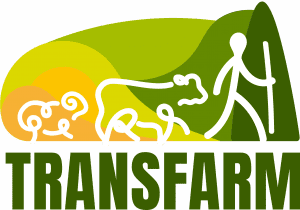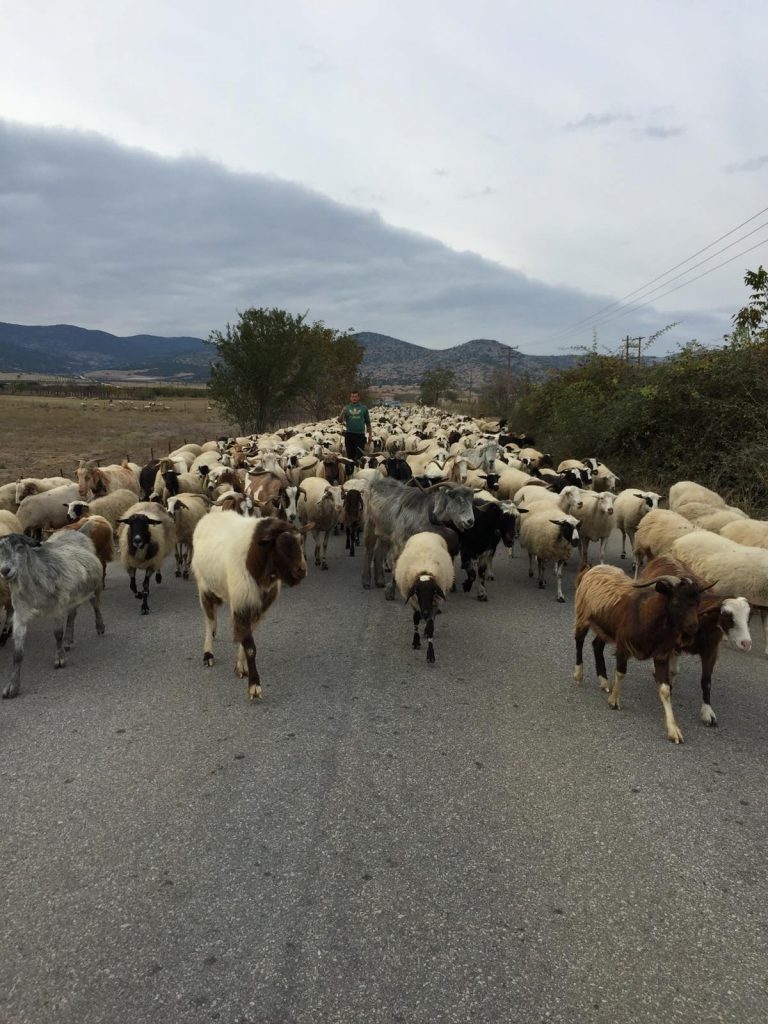Demetrios Tsatsos is a young man (38 years old) who has dealt with transhumance farming systems for over twenty years. He took over the flock from his father with 500 sheep. Now, he has enlarged his organic farm, which has 800 sheep, 100 goats, and 110 cattle.




